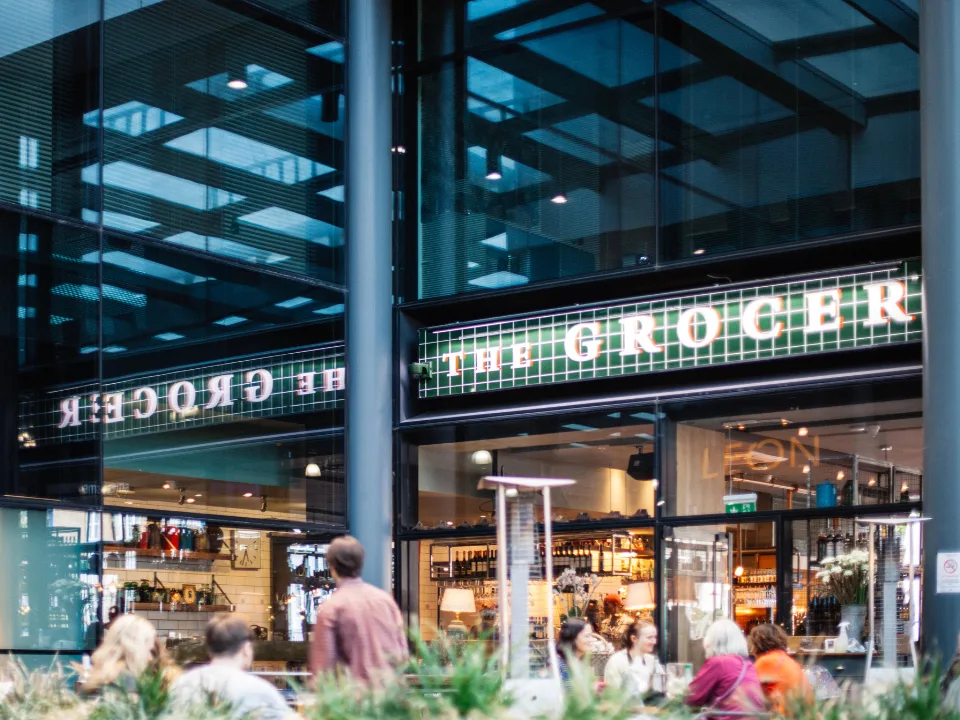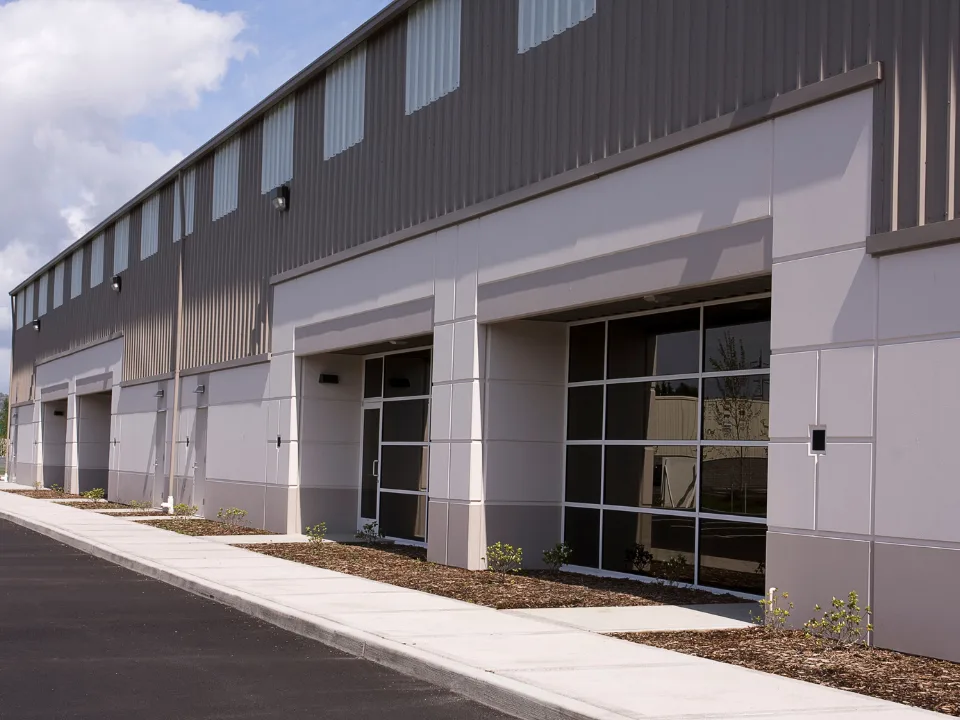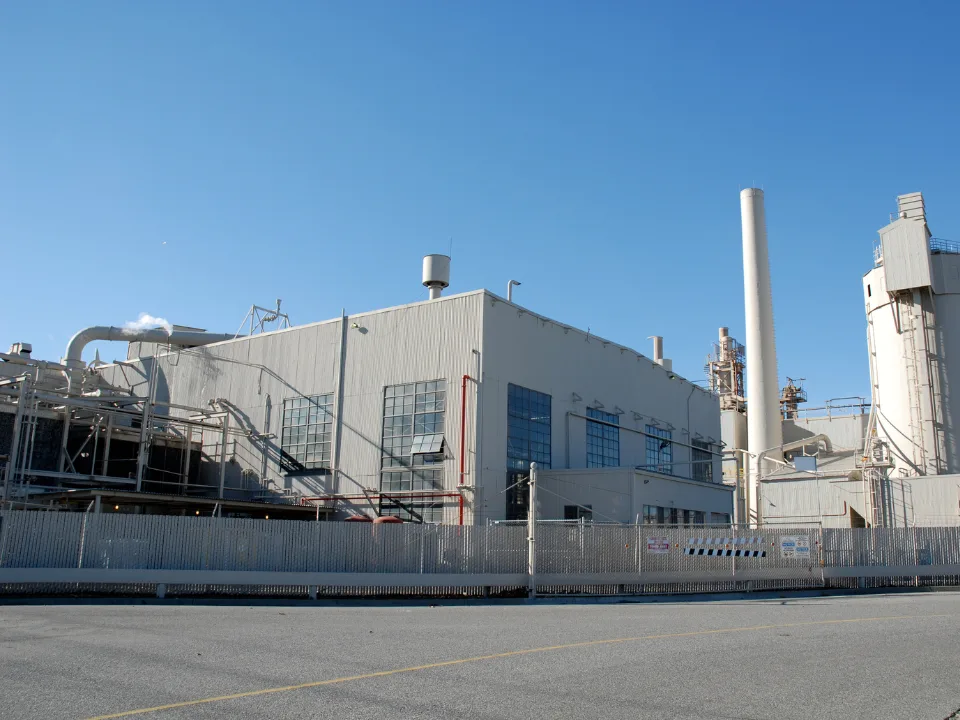- Grocery-anchored retail continues to outperform other retail asset classes, with a 3.5% vacancy rate at the end of 2024 and investment volumes outpacing malls and other centers.
- US tariff volatility under the Trump administration’s second term has created uncertainty for most retailers, but grocers remain resilient due to consistent consumer demand and efficient operations.
- Institutional capital, REITs, and even grocery chains themselves are doubling down on ownership, signaling strong long-term confidence in the asset class.
Grocers Stay the Course as Retail Braces for Tariff Headwinds
According to the Commercial Observer, while US retail absorbs the early shocks of rapidly shifting tariff policy, grocery-anchored centers remain a rare pillar of strength. Investment, occupancy, and consumer demand are holding steady, even as non-grocery segments experience closures and leasing setbacks.
JLL data shows that grocery-anchored retail accounted for 31% of all retail acquisitions in Q1 2025, far surpassing malls (10%) and neighborhood centers (23%). National vacancy for these centers dropped to 3.5%, down a full point from pandemic highs.
Why Grocery Wins: Resilient Demand Meets Operational Efficiency
Grocers benefit from essential spending patterns and high return traffic. Sales in grocery-anchored centers are up nearly 16% year-over-year, according to Datex Property Solutions’ 2025 outlook, with chains like Sprouts, Trader Joe’s, and Erewhon expanding.
Even amid tariff uncertainty, this retail subcategory remains the most insulated. “Grocers are the Marines of retail,” said David Greensfelder of Greensfelder Commercial Real Estate. “They just keep putting one foot in front of the other.”
Get Smarter about what matters in CRE
Stay ahead of trends in commercial real estate with CRE Daily – the free newsletter delivering everything you need to start your day in just 5-minutes
Investors Follow the Fundamentals
Capital is following performance. Investment managers like Nuveen have announced major capital allocations ($320M) to grocery-anchored centers. Public REITs such as Brixmor, Phillips Edison & Co., and Regency Centers, as well as grocers like Publix, are increasingly taking ownership stakes in their sites — a sign of long-term commitment to the sector.
Analysts point to the rent structures tied to grocery sales as a natural inflation hedge. Rising prices due to tariffs can lead to higher top-line revenue for tenants — and, in turn, increased rent revenue for landlords.
Meanwhile, Non-Grocery Retail Suffers
While grocers remain steady, other retail formats are showing stress. Nationally, 5.2MSF of negative absorption hit community centers in Q1 2025, according to JLL. Closures from Walgreens, Family Dollar, and Party City were key contributors.
James Cook of JLL said, “Grocery-anchored retail has been the hottest retail type for multiple quarters,” and expects that momentum to continue despite broader economic headwinds.
Tariff Turbulence Hits Smaller Players Hardest
The tariff-induced supply chain shocks are expected to disproportionately hurt ethnic grocers, independents, and mom-and-pop shops that rely on imported goods or lack negotiating power. National players like Albertsons have already issued pricing transparency demands to suppliers.
Landlords are proactively managing the risk. NewMark Merrill, for example, uses data models to map tenant exposure to tariff-impacted goods and tailor lease strategies accordingly. “There’s just no conversation today that doesn’t include how you’re impacted by the tariffs,” said CEO Sandy Sigal.
What’s Next?
While expansion announcements from major retailers like Costco, Barnes & Noble, and Home Depot have made headlines, many landlords and analysts remain cautious. With holiday leasing decisions looming and tariff policy in flux, the full retail picture may not clarify until late 2025.
But when it comes to grocers, one thing is clear: shoppers still need food, and landlords still need certainty.
“People may stop buying the Hailey Bieber smoothie at Erewhon,” said RCLCO’s Derek Wyatt, “but that doesn’t change the fact that they still need to shop for groceries — and that’s where the real estate strength lies.”

















